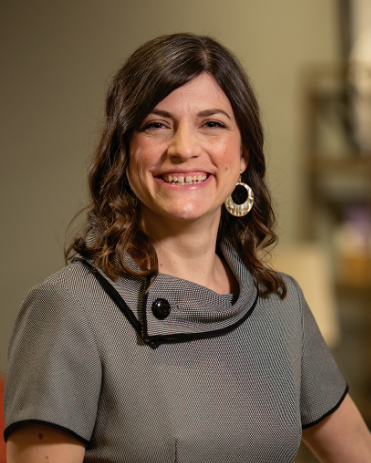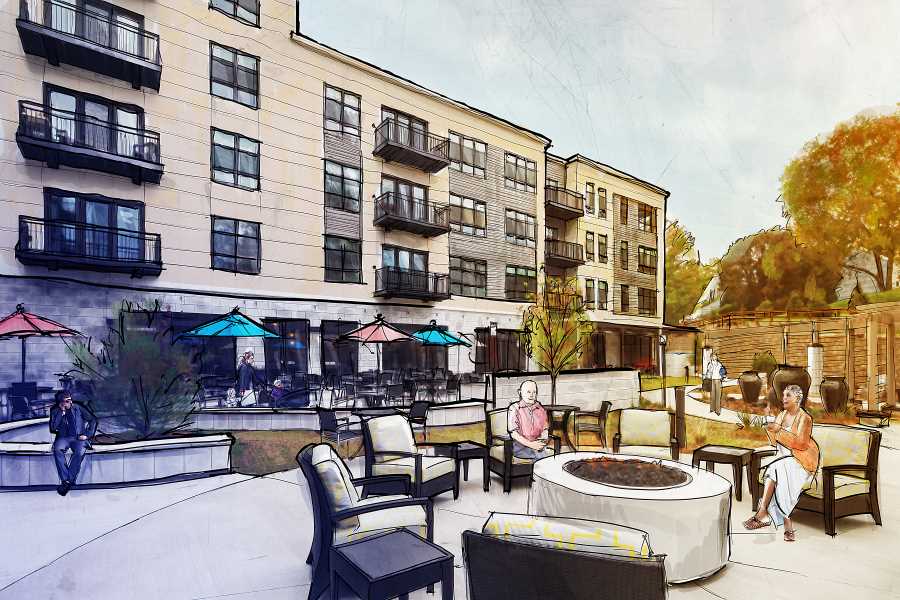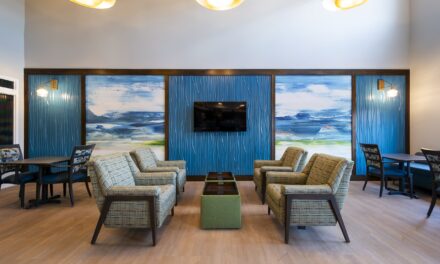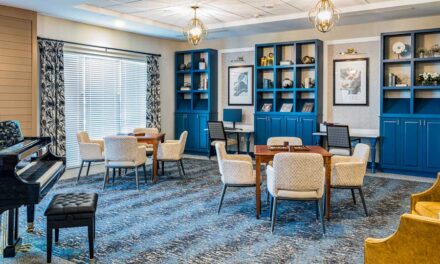
Senior lifestyle design expectations & trends
The U.S. Census Bureau projected that the U.S. population over 85 years of age will more than double in the next 20 years. This is a glimmer of hope when contrasted with the current state of occupancy. But, what does this mean for Senior Living buildings? Not only do we need to accommodate the influx of incoming seniors, we need to design for the next generation, and take into consideration the current senior lifestyle and how certain expectations and likes will carry into Senior Living. Let’s take a deeper dive into what upcoming design trends look like as the next generation of residents makes the transition from urban to suburban living.
Next generation: new senior lifestyle expectations
Direct Supply Aptura’s Senior Lead Interior Designer, Rebecca Keller, answered some questions about the next generation’s preferences and the emerging urban versus suburban design trends in Senior Living communities.
Q: What is the first thing communities need to know when they approach designing for the next generation?
A: The incoming generation of seniors is much different than any others. They have lived through the digital transformation, and therefore what they expect in a Senior Living offering reflects that. Technology has allowed seniors to maintain independence for longer. In response, communities should focus on adapting their designs to be more innovative. This adaptation will help them better support and mirror the changing needs, meeting the new lifestyle expectations of seniors.
Compared to other generations, more baby boomers come from urban areas where they have access to many amenities like public libraries, clubs, groceries and doctors. They also have access to public transportation. All of these needs to be considered when a community approaches a new design with this generation of seniors in mind.
Q: What are the current senior lifestyle trends of this new generation, and what will they expect from a Senior Living community’s interior design?
A: There are two key areas to think about here: convenient amenities like accommodating for package deliveries, and interior design themes.
As far as building layouts, my team is seeing the typical mail room being replaced with a mailroom/package room. Delivery services are extremely common in residential and hospitality, and they are also being used by our seniors.
We are seeing design trends move away from mid-century modern and towards a flashback to the 70’s. Download our 2023 design trends e-book to learn more.
Q: What do their loved ones or caregivers expect from a Senior Living offering?
A: In a 2020 survey, we asked Adult Family Caregivers what they expected from a senior housing offering and compared to years prior, there is an increased acceptance to technology with tangible healthcare benefits and on-site healthcare or telehealth in Senior Housing.
65% of Adult Family Caregivers felt a wearable device would be valuable if offered by a Senior Housing facility. The increase in adoption of wearables could have a huge impact on facility operations and how buildings function in the future.
Loved ones and caregivers also shared they expect cleaning services, laundry services, walking paths and at least one meal per day at a community. 1
Q: What is an urban infill project, and what are the benefits?
A: Urban infill involves creating a Senior Living space in an unused area or on undeveloped land within an already established community. This approach is highly beneficial for the entire surrounding community. With this type of development, the community can often get a better tax rate, and seniors’ needs and their lifestyle expectations are met by the proximity to the local community’s shops, restaurants and more.
Q: Have you seen a recent urban infill project?
A: I recently worked on a project in downtown Milwaukee. The developers of St. Rita Square partnered with a local church and after much rehab, the result is a bespoke, historically accurate Senior Living community and worship center that fulfills the new senior lifestyle expectation with amenities in and around the building. You can often find residents enjoying the downtown amenities inside and outside the Senior Living offering. There is more of a change for residents to engage with community members.
With the demands of the next generation and the trend to move away from suburban to urban feels, you can rely on our interior, technology and foodservice design experts to help you create a community your incoming seniors will love. Stay marketable in this influx and ahead of the trends. Our Aptura partners are experts in holistic design and have the market knowledge to help your community succeed.
Contact us to get started on your next design project.




